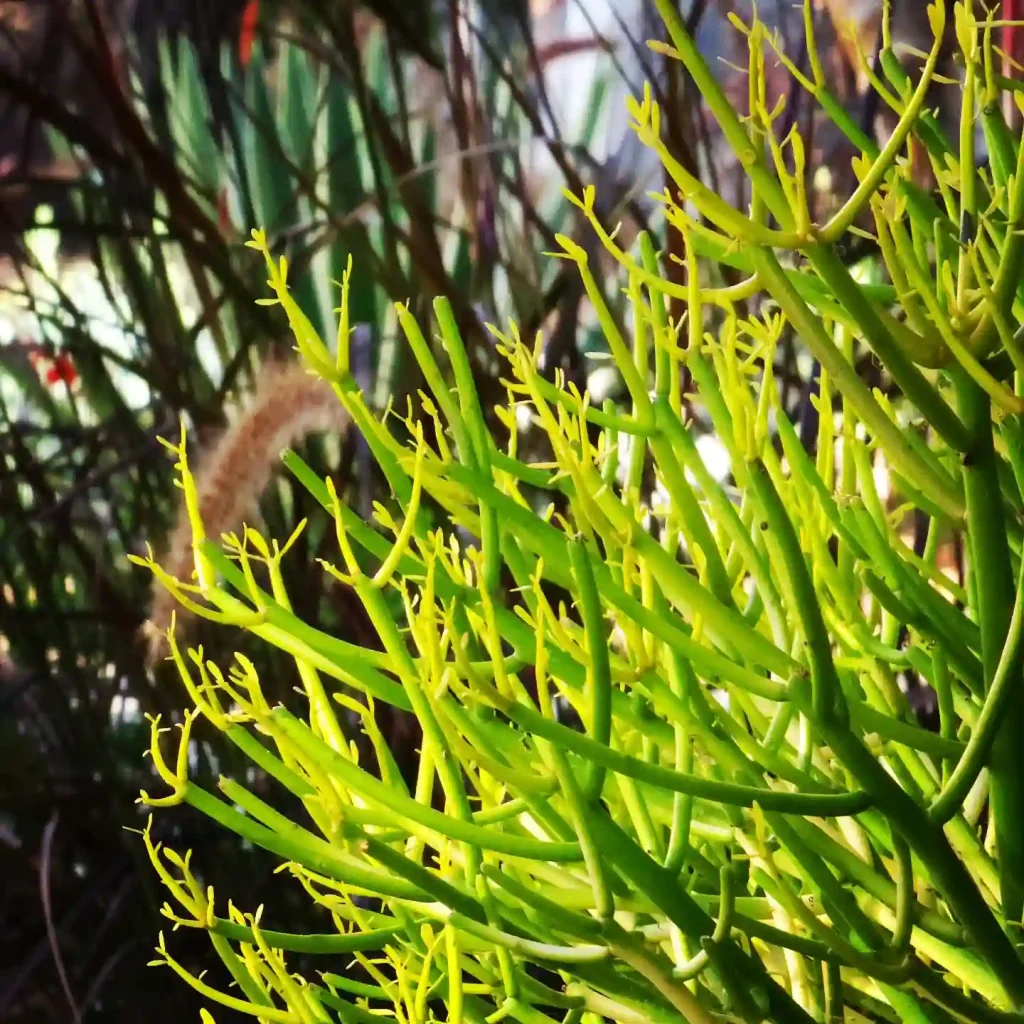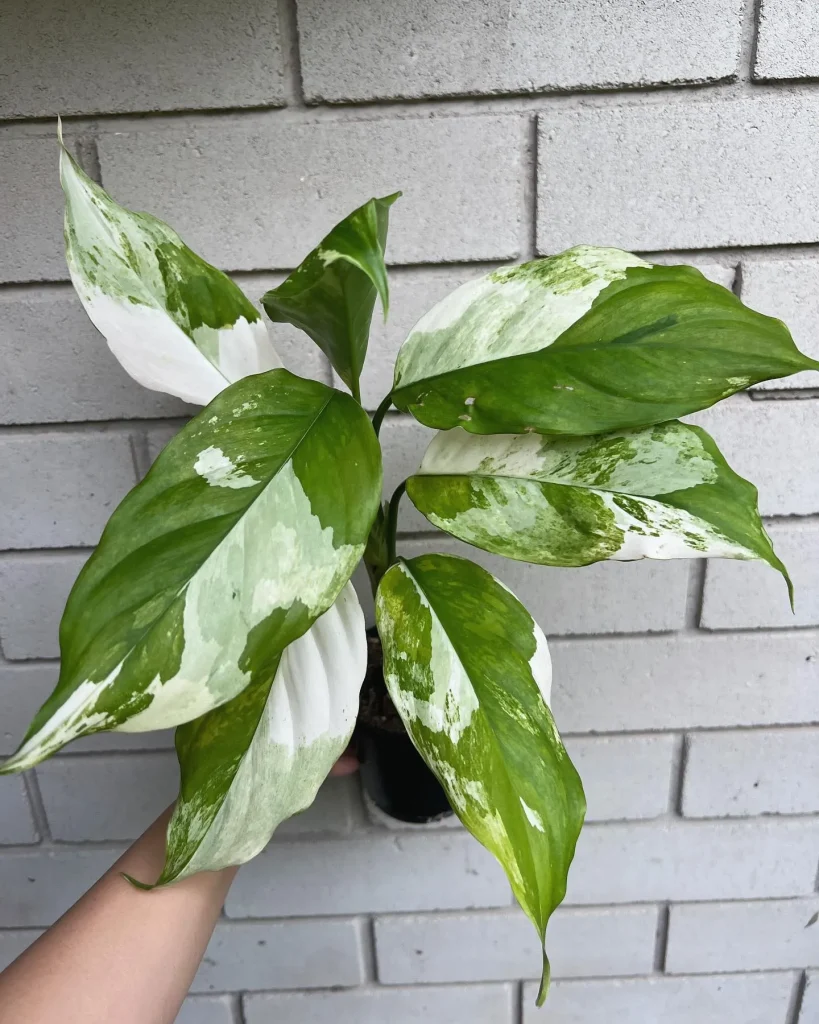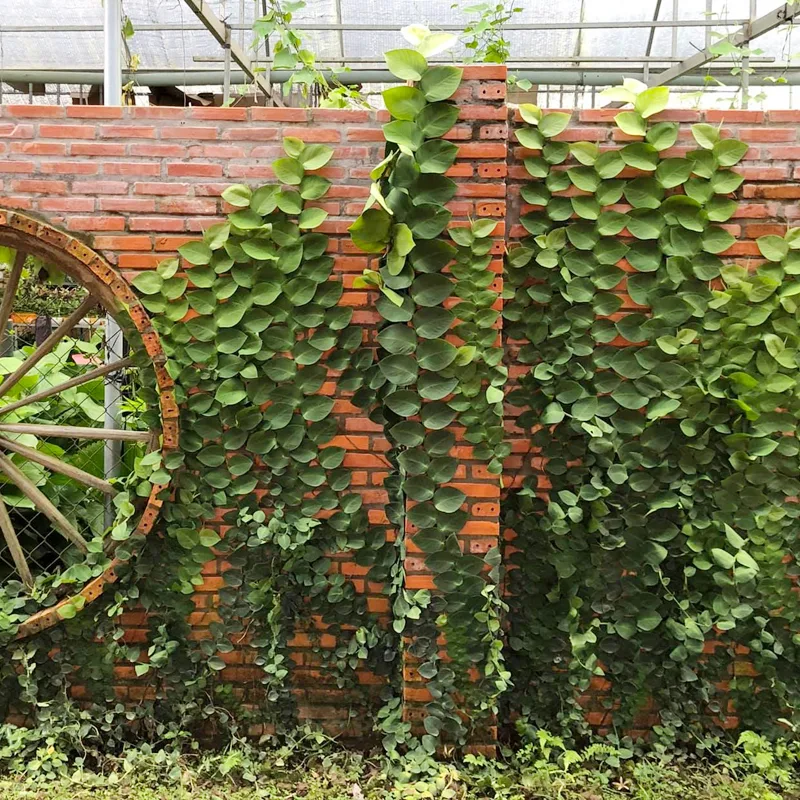The Caryophyllaceae Family: A Deep Dive into Its Genera
As an avid plant enthusiast, I’ve often found myself fascinated by various plant families, and one that never ceases to amaze me is the Caryophyllaceae family. While it might not be the first to come to mind for most people, it boasts an impressive diversity and ecological significance.
What is the Caryophyllaceae Family?
The Caryophyllaceae, commonly referred to as the pink or carnation family, is one of the most significant plant families in the world. While its reputation largely comes from ornamental plants like carnations (Dianthus) and baby’s breath (Gypsophila), there’s much more to this family than just these popular varieties. It consists of approximately 105 genera and about 2,200 species, varying from herbaceous annuals to woody shrubs. What’s fascinating about the Caryophyllaceae family is its adaptability to different environments, ranging from alpine habitats to temperate regions, making it a globally recognized family.
- Acanthophyllum C.A.Mey.
- Achyronychia Torr. & A.Gray
- Adenonema Bunge
- Agrostemma L. – 2 Species in Genus Agrostemma
- Arenaria Ruppius ex L.
- Atocion Adans.
- Augustea Iamonico
- Balkana Madhani & Zarre
- Bolanthus (Ser.) Rchb.
- Brachystemma D.Don
- Bufonia Sauvage
- Cardionema DC.
- Cerastium Tourn. ex L. – 225 Species in Genus Cerastium
- Cerdia Moc. & Sessé ex DC.
- Chaetonychia (DC.) Sweet
- Cherleria L.
- Colobanthus Bartl.
- Cometes L.
- Corrigiola L.
- Cyathophylla Boquet & Strid
- Dianthus L. – 378 Species in Genus Dianthus
- Dicheranthus Webb
- Dichodon (Bartl. ex Rchb.) Rchb.
- Drymaria Willd. ex Schult.
- Drypis P.Micheli ex L.
- Engellaria Iamonico
- Eremogone Fenzl
- Eudianthe (Rchb.) Rchb.
- Facchinia Rchb.
- Geocarpon Mack.
- Gymnocarpos Forssk.
- Gypsophila L. – 149 Species in Genus Gypsophila
- Gypsophiloides Mahdavi & Assadi
- Habrosia Fenzl
- Hartmaniella M.L.Zhang & Rabeler
- Haya Balf.f.
- Heliosperma (Rchb.) Rchb.
- Herniaria Tourn. ex L.
- Hesperostellaria Gang Yao, B.Xue & Z.Q.Song
- Heterochroa Bunge
- Himgiria Pusalkar & D.K.Singh
- Holosteum Dill. ex L.
- Honckenya Ehrh.
- Illecebrum Ruppius ex L.
- Kabulia Bor & C.E.C.Fisch.
- Krauseola Pax & K.Hoffm.
- Lepyrodiclis Fenzl
- Loeflingia L.
- Maguirellaria Iamonico
- Mcneillia Dillenb. & Kadereit
- Mesostemma Vved.
- Microphyes Phil.
- Minuartia Loefl.
- Minuartiella Dillenb. & Kadereit
- Moehringia L.
- Moenchia Ehrh.
- Nubelaria M.T.Sharples & E.A.Tripp
- Odontostemma Benth. ex G.Don
- Ortegia Loefl.
- Paronychia Mill.
- Pentastemonodiscus Rech.f.
- Petroana Madhani & Zarre
- Petrocoptis A.Braun ex Endl.
- Petrorhagia (Ser.) Link
- Philippiella Speg.
- Phrynella Pax & K.Hoffm.
- Pirinia M.Král
- Pollichia Aiton
- Polycarpaea Lam.
- Polycarpon Loefl.
- Polytepalum Suess. & Beyerle
- Psammophiliella Ikonn.
- Psammosilene W.C.Wu & C.Y.Wu
- Pseudocherleria Dillenb. & Kadereit
- Pseudostellaria Pax
- Pteranthus Forssk.
- Pycnophyllopsis Skottsb.
- Pycnophyllum J.Rémy
- Rabelera M.T.Sharples & E.A.Tripp
- Reicheella Pax
- Rhodalsine J.Gay
- Sabulina Rchb.
- Sagina L. – 38 Species in Genus Sagina
- Saponaria L. – 41 Species in Genus Saponaria
- Schiedea Cham. & Schltdl.
- Schizotechium (Fenzl) Rchb.
- Scleranthus L.
- Scopulophila M.E.Jones
- Selleola Urb.
- Shivparvatia Pusalkar & D.K.Singh
- Silene L. – 911 Species in Genus Silene
- Spergula Dill. ex L.
- Spergularia (Pers.) J.Presl & C.Presl
- Sphaerocoma T.Anderson
- Stellaria L. – 172 Species in Genus Stellaria
- Stipulicida Michx.
- Telephium L.
- Thurya Boiss. & Balansa
- Thylacospermum Fenzl
- Torreyostellaria Gang Yao, B.Xue & Z.Q.Song
- Triplateia Bartl.
- Viscaria Bernh. – 4 Species in Genus Viscaria
- Wilhelmsia Rchb.
- Xerotia Oliv.
- Yazdana A.Pirani & Noroozi
The Ecological and Practical Relevance of Caryophyllaceae
What draws me to the Caryophyllaceae family as a whole is not just its beauty, but also its ecological significance. From nitrogen fixation to preventing soil erosion, these genera contribute to both the environment and practical uses like agriculture and land restoration.
For those of us who appreciate the intersection of beauty and ecological function, the Caryophyllaceae family offers a wealth of opportunities for exploration and cultivation. Whether you’re an avid gardener looking to diversify your landscape or an environmentalist focused on restoration projects, this plant family has something to offer.
Final Thoughts
The Caryophyllaceae family may not always receive the spotlight, but it certainly deserves more attention. For me, exploring this family has been a rewarding journey, both as a gardener and a nature lover. There’s always something new to learn and appreciate with every plant, and Caryophyllaceae has undoubtedly earned its place in my heart—and in my garden.
If i die, water my plants!



